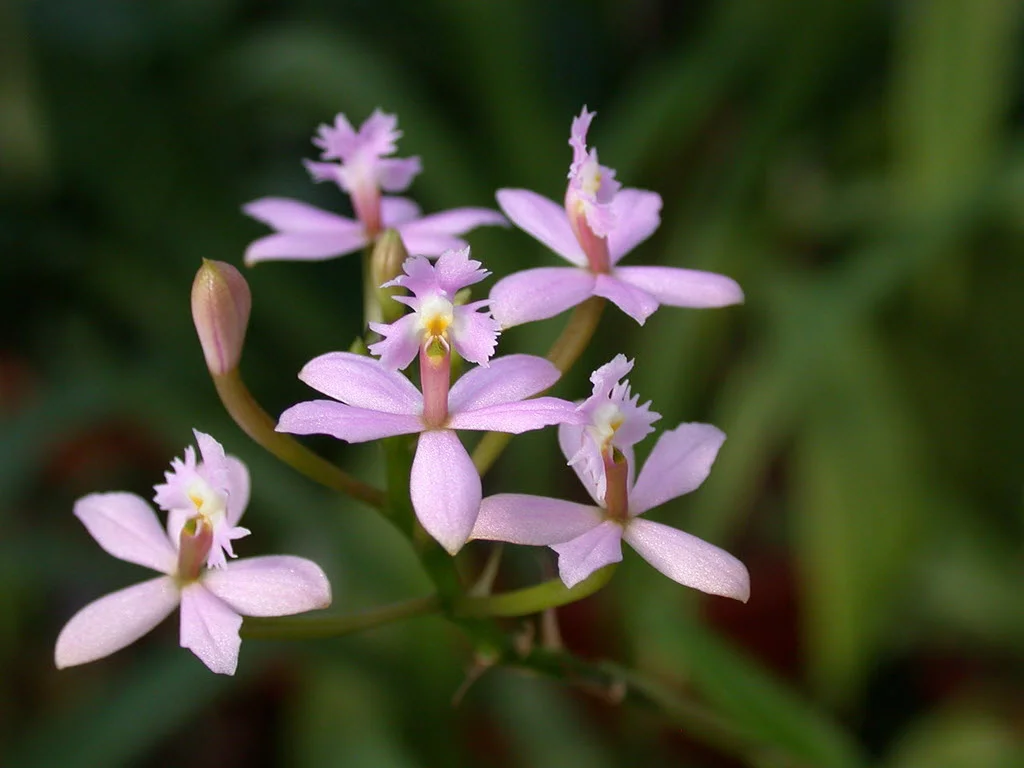Table of Contents
Pronunciation: oh-don-tuh-glos-uhm
Other Names: None
Introduction
If you closely look at an Odontoglossum orchid, you will notice a projection that looks like a tongue and teeth. Odonto means “tooth” and glossa means “tongue.”
Odontoglossum Holm's Lighthouse
These plants can grow 1-3 leaves per pseudobulb. Most of the different Odontoglossum orchids produce long spikes of blooms. There are even some hybrids which produce multiple spikes, accompanied by multiple blooms.
Odontoglossum praestans
An Odontoglossum orchid usually blooms for 6 weeks, once every 9 to 10 months.
Temperature
An Odontoglossum orchid is a cool grower. These orchids require daytime temperatures ranging from 65°F to 75°F (18.3°C to 23.9°C) and nighttime temperatures from 50°F to 55°F (10°C to 12.8°C).
An Odontoglossum orchid can temporarily handle extreme temperatures, but after prolonged periods of time, it will suffer from stunted blooms.
Light
An Odontoglossum orchid grows better with medium light. It thrives in bright yet indirect light. A flower that receives too much light will be marred by reddish streaks or sunburn.
An ideal place for an Odontoglossum orchid is on an eastern or western facing windowsill. You can also consider placing it within a foot near a southern facing windowsill.
Water and Humidity
An Odontoglossum orchid must be watered using tepid water. This will allow the orchid to dry before the evening temperature drops. This type of orchid usually likes being damp, but not soggy.
To check if your watering schedule is working well, you should look at the foliage. If the Odontoglossum orchid does not have enough water, its leaves will start to pleat. Its pseudobulbs will also look shriveled.
Feeding
An Odontoglossum orchid should be fertilized two times each month using a fertilizer solution that is diluted. It is essential to never fertilize an Odontoglossum orchid that is totally dry. This can cause horrendous damage to its roots.
The ideal orchid fertilizer mix is (20-20-20). If you’re growing your Odontoglossum orchid using a bark medium, you should select an orchid fertilizer that’s higher in nitrogen (30-10-10).
Potting
An Odontoglossum orchid must be repotted using a fine grade potting mixture every 1-2 years or as soon as the potting medium exhibits draining problems. Once it has grown too large for its pot, it should also be repotted. Before you start repotting, make sure that you trim away the roots that are damaged with a clean cutting tool.
Spring is the best season to repot your Odontoglossum orchid. This is advisable because the orchid has usually finished blooming. By this time, you will also begin to see new growth. When you do repot your Odontoglossum, take care to maintain the current humidity levels.
Video
The dark red Odontoglossum we used as the background at the top of this page are called the Oncostele Margarete Holm Orchid. Here's a video about it.
Do you want to see more stunning blooms? You’ll see pitchers, slippers, and even a dracula orchid in our comprehensive list of the different types of orchids.












